
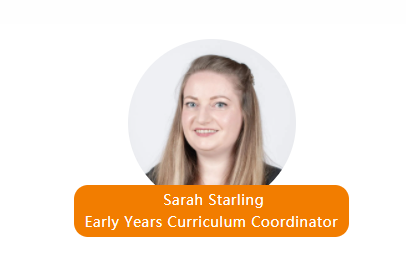
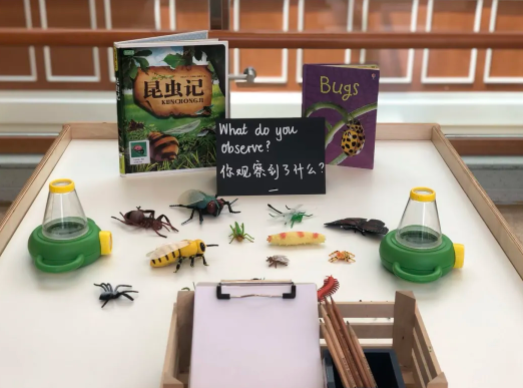
Story Sacks were developed by Neil Griffiths in the 1990’s. A Story Sack is a fabric bag containing a book, and some props which go with the story. The props could be a mixture of puppets, models and real objects as well as other objects to enhance understanding, such as relevant non-fiction books, musical instruments or plasticine to make models.
At Huili Nursery Hangzhou, we use Story Sacks throughout nursery to enrich our literacy, especially storytelling, speaking and listening, and reading. When making a new Story Sack, first we carefully read the book and make a note of the important characters and any important props. We can also think of any vocabulary that will need explaining, as well as thinking of any other enhancements we want to include.
For ‘The Three Little Pigs’, I chose to have character puppets for the pigs and the wolf, as well as finding some real-life straw, sticks and bricks so that the children could examine them closely. We include as many real objects as possible.
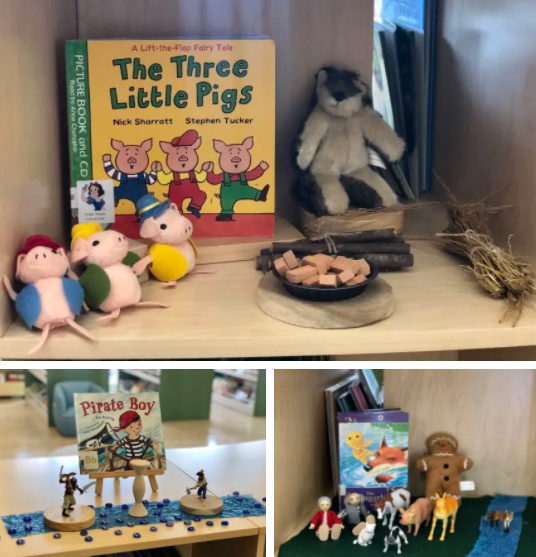
Once assembled, story sacks can be used in many ways.
One way we use them is to talk about important vocabulary before reading a story for the first time. We look at the items and talk about them, introducing their names. We talk about how they look and feel and describe them. We can also ask the children if they can predict what role the object will have in the story.
When we read the story for the first time, we use the props to enhance understanding, engagement and involvement. We might ask the children to help us act out the story using the props. By using real-life objects, the children can make links to their own experiences and make connections.
Later, we might add the object into our classroom provision as an invitation. Children can retell the story in their own way, using language that is meaningful to them, and innovate their own story using the items. When I set up invitations in the classroom, the children often have wonderful ideas about how they would like to set up the invitation. Here, you can see Sofia proudly asking me to take a photograph of how she set up the items during tidy up time. She said that she wanted the pigs to be in their houses.
Over time, children get to know the stories deeply, allowing them to confidently retell the story in ever increasing detail which in turn helps them to craft innovative and thoughtful writing. Having a deep understanding of a range of stories helps develop a child’s love of reading and writing.
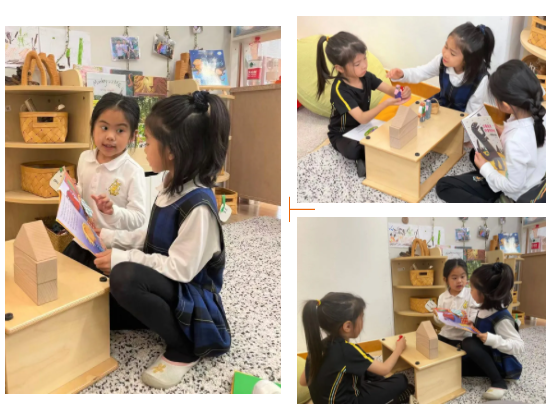
At home, you can work with your child to put together Story Sacks for your favourite books. Building them together with your child is a wonderful way to look at treasured stories in a deep and meaningful new way. I hope you have fun putting story sacks together at home, and please share some photographs with us – we would love to see them.

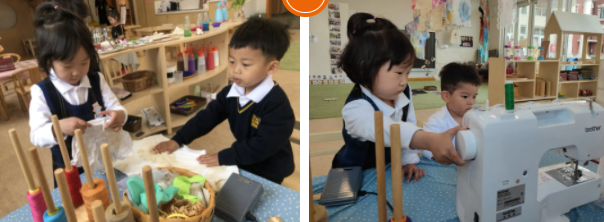
Our EY1 children amaze us with their knowledge and understanding of technology, even at such a young age they are able to recall steps and processes allowing them to perform actions such as recording audio clips or capturing photographs of one another. This week has been no exception with the children learning how to operate a sewing machine, this was in response to the children wanting to sew together their tie dyed and naturally dyed materials to create one large patchwork as part of our materials project. With adult supports the children have been learning the functions of the machine, how to control the foot pedal and where to safely place their hands. Throughout the week the children have grown in confidence, starting at first placing and securing the fabric in place on the machine to controlling the foot pedal whilst guiding the material. Once completed the children were so proud of their contribution to the patchwork, it was incredibly special to share this experience with them.

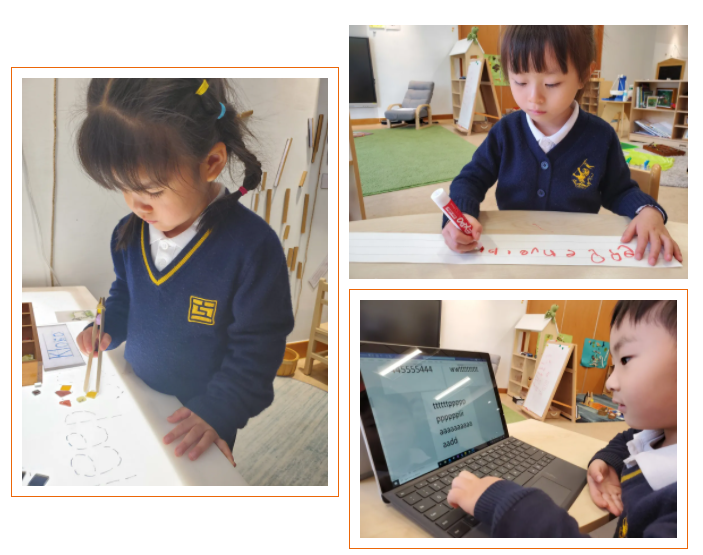
In EY2 the children enjoy mark-making throughout the day. It is fantastic to see the joy on their face when they create their writing and want to share with their friends and the teachers. Mark-marking refers to the creations of different patterns, lines, textures and shapes. This is typically used to describe the scribbles the children have created normally using pens, pencils or crayons.
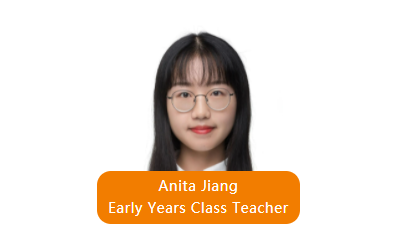
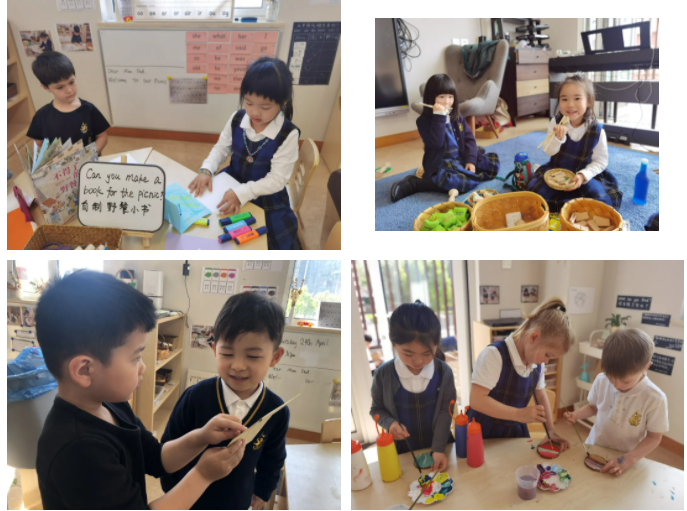
We've been busy planning a big event -- a picnic party. After EY3D transformed the snack area into a restaurant, children were keen to experience the roles of cooks, waiters and customers, and also felt the fun of making, serving and tasting delicious food in real situations. This not only drew the attention of many children, but also made the snack part of our day more meaningful. It also stimulated the children’s interest in creating delicious food with different materials in their free exploration, which led to their self-organized picnic.
"What kind of picnics do you like?” Children have the initiative to hold the picnic party. We organized and discussed several questions: "Where?" "Who is going to join in the picnic party?" And " What do I need for a picnic party?" Finally, we decided to invite our family and friends to participate, and started from four aspects: writing invitations, preparing food, decorating the picnic party and choosing picnic games.
At Huili Nursery Hangzhou, we hope we have a brilliant sunny day for our picnic next week and we are looking forward to your participation.
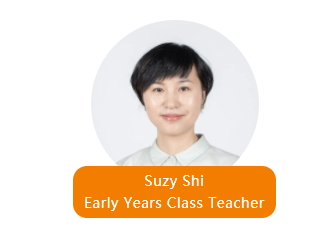
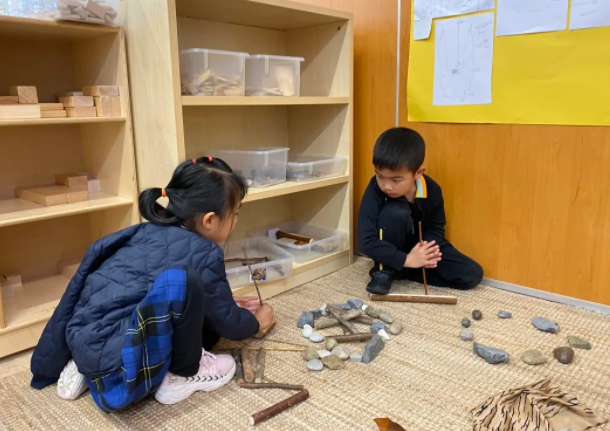
In EY4D, there is a yellow notebook with a special name called "Response Book". Children write down important information discovered while reading books, observing changes and enjoying games. Every Friday, children take the Response Book home to share with their parents what is happening at nursery. Parents find their children have harvested vegetables, cook delicious dishes and played in the market at nursery. During the weekend they went to the museum with their parents to investigate. On Monday morning, children brought tea twigs, museum brochures and coins, as well as ancient books from the library outside the school, and shared what they have marked in the Response Book. Afterwards, a tea research institute was set up in the classroom, where children observed the different states of tea and learned about tea culture. They also discussed the zodiac clock found in the Archaeological Museum. Observation and investigation are expanding children’s learning journey.
Why does the Response Book have such a profound impact? Children's accidental discoveries are valued by peers, parents and teachers, and give them the opportunity to investigate and verify. Gradually, the Response Book becomes the mutual expectation of us and our children. A planned long-term exploration has been launched in the "dialogue", which is the greatest respect and encouragement for our children.